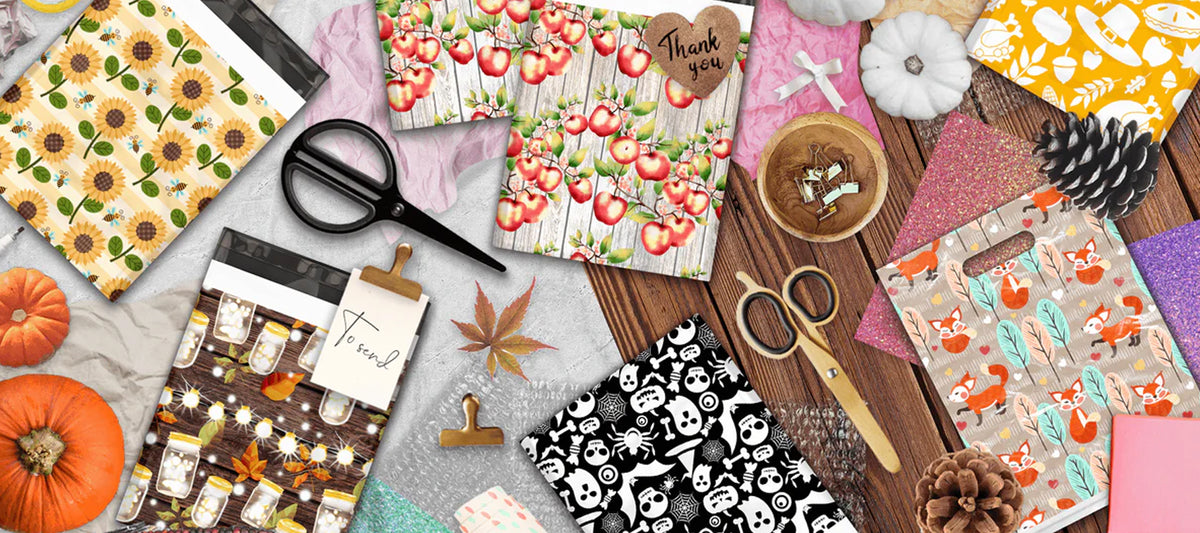Packaging is no longer just about carrying items. Today, both businesses and consumers weigh factors like sustainability, cost, durability, and branding before choosing between plastic and paper bags. The Kraft vs plastic bags debate has grown in recent years, with each option offering unique strengths and trade-offs. This blog provides a detailed Kraft bags vs plastic bags comparison to help retailers, brands, and buyers decide which bag truly fits their needs.
The Growing Packaging Debate
Rising awareness of environmental issues and government regulations on single-use plastics have intensified the packaging conversation. Many countries are imposing bans or restrictions, shifting demand toward alternatives like
kraft paper bags.
- The global paper packaging market is projected to surpass $500 billion by 2030, reflecting this shift.
- Plastic, however, still dominates due to its low cost and durability.
Surveys show consumers increasingly prefer eco-friendly packaging, often associating it with brand responsibility and quality.
Kraft Paper Bags: Strengths and Limitations
Key Features & Benefits
Made from renewable wood pulp.
- Biodegradable and recyclable (with U.S. recycling rates around 68% compared to plastic’s 9%).
- Perceived as eco-friendly and premium.
- Ideal for lightweight to medium loads.
- Widely used in retail, groceries, cafés, and boutique stores.
Learn more in our guide on why kraft paper bags are a better option for grocery shopping.
Branded Kraft Paper Bags with Handles also double as walking advertisements, giving businesses a chance to strengthen their image.
Limitations
- Not water-resistant and weaker in wet conditions.
- Higher upfront cost than plastic.
- Less suitable for heavy-duty packaging.
These kraft paper bags advantages make them ideal for branding and sustainability but not always for heavy loads.
Plastic Bags: Strengths and Limitations
Key Features & Benefits
- Extremely lightweight yet durable.
- Moisture-resistant and capable of carrying heavy loads.
- Cost-efficient for large-scale use.
- Common in supermarkets, takeaways, and convenience stores.
Limitations
- Non-biodegradable; can take 500+ years to decompose.
- Account for a major share of the 300 million tons of plastic produced annually, half of which is single-use.
- Increasing bans and consumer backlash over pollution highlight plastic bags disadvantages
Cost Comparison: Kraft vs Plastic
Cost often drives decisions.
-
Plastic bags: Cheaper in bulk, with costs per 1,000 units significantly lower than paper.
-
Kraft bags: Higher unit cost, especially for bulk kraft bags with handles, but they can improve customer perception and brand value.
Hidden costs also matter: plastic bag bans, eco-taxes, and potential reputational risks may offset initial savings.
Environmental Impact
When asking which bag is more eco-friendly, kraft or plastic, the answer isn’t always straightforward.
-
Kraft paper bags: Biodegradable, recyclable, but require more energy and water in production. Studies suggest they need to be reused 3–4 times to match the carbon footprint of a single plastic bag.
-
Plastic bags: Less resource-intensive to produce, but their disposal impact is severe due to non-biodegradability and pollution.
This shows that while both have environmental costs, paper has a stronger public perception as the “greener” choice.
Branding and Customer Perception
- Kraft paper bags with handles align with eco-friendly, premium, and luxury branding. Boutiques, cafés, and retail chains prefer them to project responsibility and style.
See how they work for entrepreneurs in our blog on why Kraft paper bags are the perfect choice for small businesses.
- Plastic bags are still practical but increasingly linked with mass-market convenience rather than quality.
As branding becomes a differentiator, paper bags stand out as both functional and promotional tools.
Which Bag Is Right for You: Kraft or Plastic?
Here’s a quick guide to help businesses choose:
- Eco-conscious brands- Kraft paper bags.
- High-volume, cost-sensitive retailers- Plastic.
- Heavy-duty packaging- Plastic.
- Premium or boutique branding- Kraft Paper Bags with Handles.
Decision tip: Match your choice to your audience, budget, and sustainability Goals.
Conclusion
There’s no one-size-fits-all in the Kraft bags vs plastic bags comparison. While plastic wins in cost and strength, paper excels in branding and eco- conscious appeal. Businesses must balance budget, durability, and customer perception when choosing their packaging. If you’re exploring sustainable yet practical options, consider testing both in different contexts.
Whether it’s cost-driven bulk use or premium brand image, the right bag depends on your unique business needs.
But if your requirements align with Kraft paper bags, Pro Supply Global is the place to start. We offer a diverse range of kraft paper bags designed to support your eco-conscious brand while enhancing your premium image.

